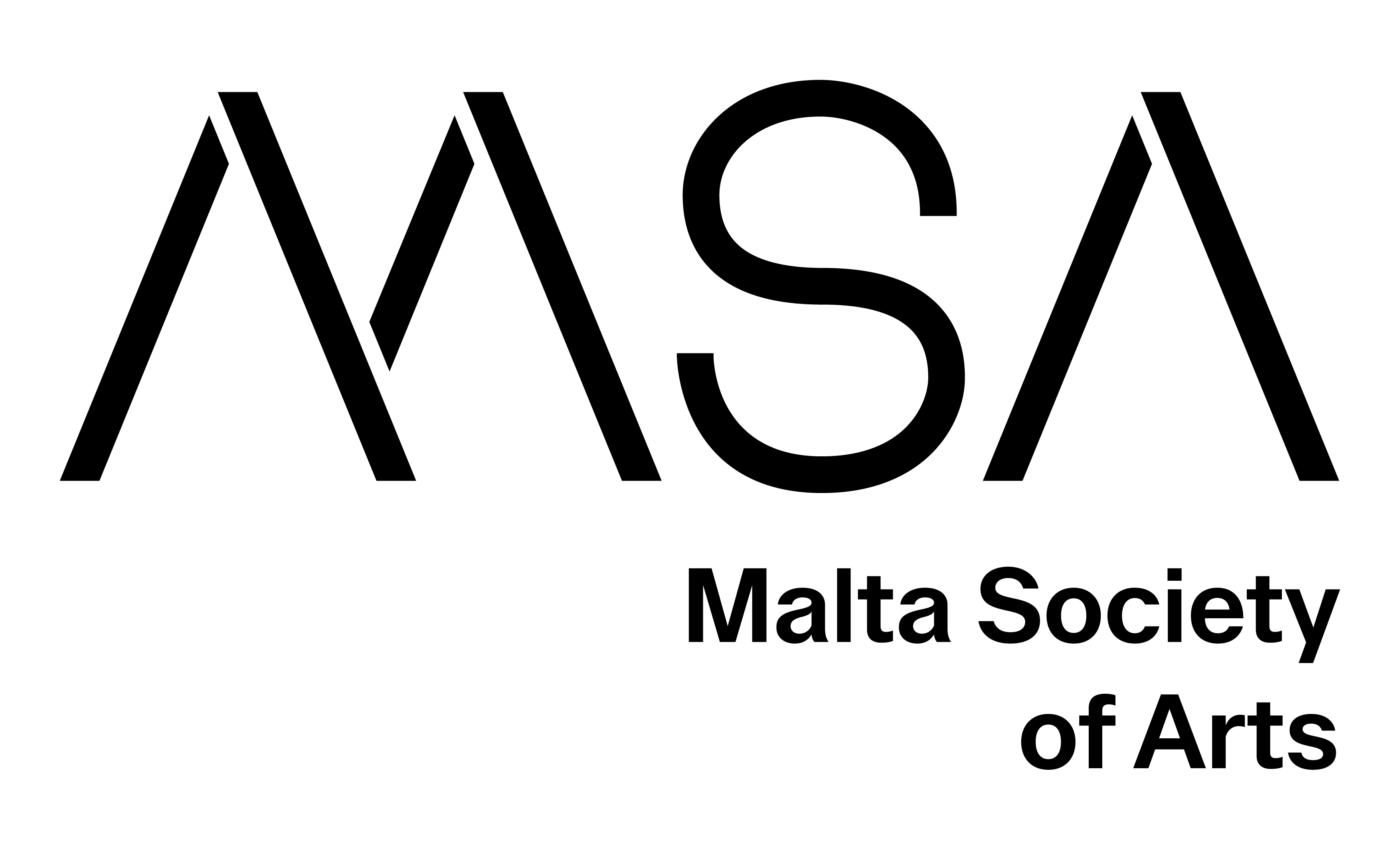A miracle is defined as an extraordinary event that is not explicable by natural or scientific laws and is therefore attributed to a divine agency. Miracles can take many forms, from healings and cures to natural phenomena that defy explanation (Sulmasy, 2007). They can also be seen as a sign of the presence of a divine being or as a way to communicate a message or a warning. In some instances, they are also associated with the presence of holy figures, such as saints and prophets, who are believed to have special powers or connections to the divine.
The Lactation Miracle, in which Saint Bernard is said to have helped a woman who was unable to breastfeed her newborn, is a popular subject in art history (Sperling, 2018). Representations of this miracle can be found in various forms of art, such as frescoes, paintings, and sculptures from the medieval and Renaissance period. These works often depict Saint Bernard placing his hands on the woman's breasts while an angel or a child is shown suckling breastmilk. It is also often depicted in scenes of the Madonna Lactans, with the nursing Madonna squirting milk out of her breast (Olson, 2014). These metaphorical representations are used to emphasize the miracle as a symbol of spiritual nourishment, and the ability of Saints to work miracles on earth.
As part of my practice as a bioartist, I have collected several breastmilk samples for an installation piece entitled Monstra te esse Matrem. I have been inspired for this work by my own scientific research on breastmilk and by the Lactation Miracle of Saint Bernard. In mathematical terms, a miracle is an event that has a probability of occurrence that is so low that it can be considered as an exception to the laws of probability (Kruskal, 1988). This paper addresses the complexities of generating a miracle with a known probability; the algorithmic and mechanical difficulties of creating a stochastic artwork that squirts milk as a modern reinterpretation of the Lactation Miracle. It collapses ancestral myths attributing magical properties to breastmilk with recent work on the immunological properties of the human milk microbiome (Lyons et al., 2020).
References
Kruskal, W. (1988). Miracles and statistics: the casual assumption of independence. Journal of the American Statistical Association, 83(404), 929–940.
Lyons, K. E., Ryan, C. A., Dempsey, E. M., Ross, R. P., & Stanton, C. (2020). Breast milk, a source of beneficial microbes and associated benefits for infant health. Nutrients, 12(4), 1039.
Olson, V. (2014). Embodying the Saint: mystical visions, Maria Lactans and the miracle of Mary's milk, pages 151-158 in J. Robinson, L. DeBeer, and A. Harndon (Eds), Matter of Faith: An Interdisciplinary Study of Relics and Relic Veneration in the Medieval Period. British Museum Research Publication.
Sperling, J. (2018). Squeezing, squirting, spilling milk: the lactation of Saint Bernard and the Flemish Madonna Lactans (ca. 1430–1530). Renaissance Quarterly, 71, 868–918.
Sulmasy, D. P. (2007). What is a miracle? Southern Medical Journal, 100(12), 1223–1228.
François-Joseph Lapointe is a biologist and bioartist, Full professor in the Department of Biological Sciences at the Université de Montréal (Canada). He holds a PhD in evolutionary biology (1992) and another PhD in the studies and practices of the arts (2012). As part of his research in biology, he is interested in phylogenetics, systematics, population genetics, and the human microbiome. As part of his interdisciplinary artistic practice, he draws inspiration from models of molecular biology and genetics. He is the author of 140 scientific publications and more than 300 international conferences. His artistic work has notably been presented at the Musée de la civilization (Quebec), Transmediale (Berlin), New York Hall of Science (New York), Ars Electronica (Linz), Medical Museion (Copenhagen), Science Gallery (London) and the Pompidou Center (Paris).
Back







